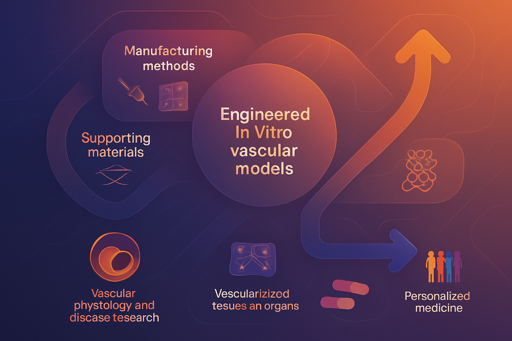From Theoretical to Tangible: How Product Thinking Generated Real Business Results and Transformed User Experience
Newsletter about software engineering, team management, team building, books and lots of notes I take after reading/studying (mine or yours)… :D
If you haven't read the first part of this series about The Silent Revolution, I recommend starting there to understand the complete context of the transformation we're analyzing.

After exploring how technical improvements materialized since 2022, we arrive at the heart of the transformation: the moment when product thinking ceased being an aspirational concept to become an engine of measurable results for both business and user experience.
Focus on Business Impact: From Requirement to Reality
The most notable transformation since 2022 is perhaps how the focus on business impact migrated from the theoretical realm to everyday practice. In 2022, we talked about the need for this focus; today, we see its concrete materialization in the corridors of tech companies. Product-minded developers are no longer occasional guests in strategic discussions; they've become active and valued participants in product roadmap decisions and business KPI definition.
This evolution reflects a more mature understanding by leadership that product-minded developers bring a unique and valuable perspective: they understand both technical possibilities and limitations, and can translate business objectives into executable solutions. More importantly, they question assumptions and propose alternatives that purely business stakeholders might not have considered.
The use of data to guide development has also evolved dramatically. Developers aren't just consuming product usage dashboards; they're actively participating in metrics definition, questioning how new features can be measured in terms of impact on company results, and more critically, using this data to influence technical decisions. They've learned to ask questions like: "How will we know if this implementation is working?" even before starting to code.
Value-based prioritization has become second nature. The question "What's the business impact of this?" has evolved from a formal check to a constant mental filter. This change is profound because it fundamentally alters how technical problems are approached. Developers begin evaluating not just the technical elegance of a solution, but its effectiveness in moving business metrics.
The direct consequence is more consistent and predictable business result delivery. Software ceases to be perceived as a necessary cost center and consolidates as an active growth engine. Whether optimizing existing operations, opening new markets through innovative features, or directly increasing revenue through better conversion and user retention, software developed with product thinking demonstrates tangible and trackable ROI.
User Experience (Customer) Improvement: The Heart of Value Delivery
User experience has always been theoretically central to product thinking, but from 2022 onwards, we've witnessed its elevation from concept to practical obsession. Developers have viscerally internalized that every line of code they write has a direct and measurable impact on the customer journey. This awareness has fundamentally transformed collaboration between disciplines.
Collaboration with designers and UX researchers has evolved from functional coordination to true strategic partnership. Product-minded developers have learned that their technical perspective not only complements the design process but often enriches it in unexpected ways. They bring insights about what's technically possible within performance and resource constraints, allowing designers to explore more ambitious and innovative solutions. More importantly, they anticipate technical implications of UX decisions, preventing problems that would only manifest in production.
This deeper partnership has resulted in a remarkable ability to anticipate user needs and friction points. Developers no longer wait for detailed specifications about edge cases; they identify them proactively, thinking about how real users will interact with the solution under real, not ideal, conditions. They ask questions like: "What if the user has slow internet?", "What if they try to do this on mobile?", "What if they make this common mistake?". This anticipation translates into more robust software and smoother experiences.
The focus on performance, accessibility, and usability has definitively migrated from the "nice-to-have" category to an essential component of any delivery. Product-minded developers understand that a slow application is an application that fails in its mission, regardless of how elegant the code might be. They've internalized that accessibility isn't compliance; it's market expansion. They know that usability isn't cosmetic; it's fundamental for adoption and retention.
The result is software that transcends mere functionality to become genuinely pleasant to use. This isn't a minor achievement; in a saturated market, user experience is often the decisive competitive differentiator. Software developed with this mindset solves users' problems efficiently, contributing directly to customer satisfaction, retention, and advocacy.
But there's a disruptive element that adds complexity to this entire evolution: the emergence of Large Language Models as everyday tools for developers. In the final part of this series, we'll explore how LLMs fit into this improvement trajectory, representing both an opportunity and a risk for the continuity of this positive evolution, and what this means for the future of software development.
This is the second part of the series. If you missed the first part, I recommend reading it before continuing. Next week, we'll conclude by exploring the role of LLMs in this evolution.